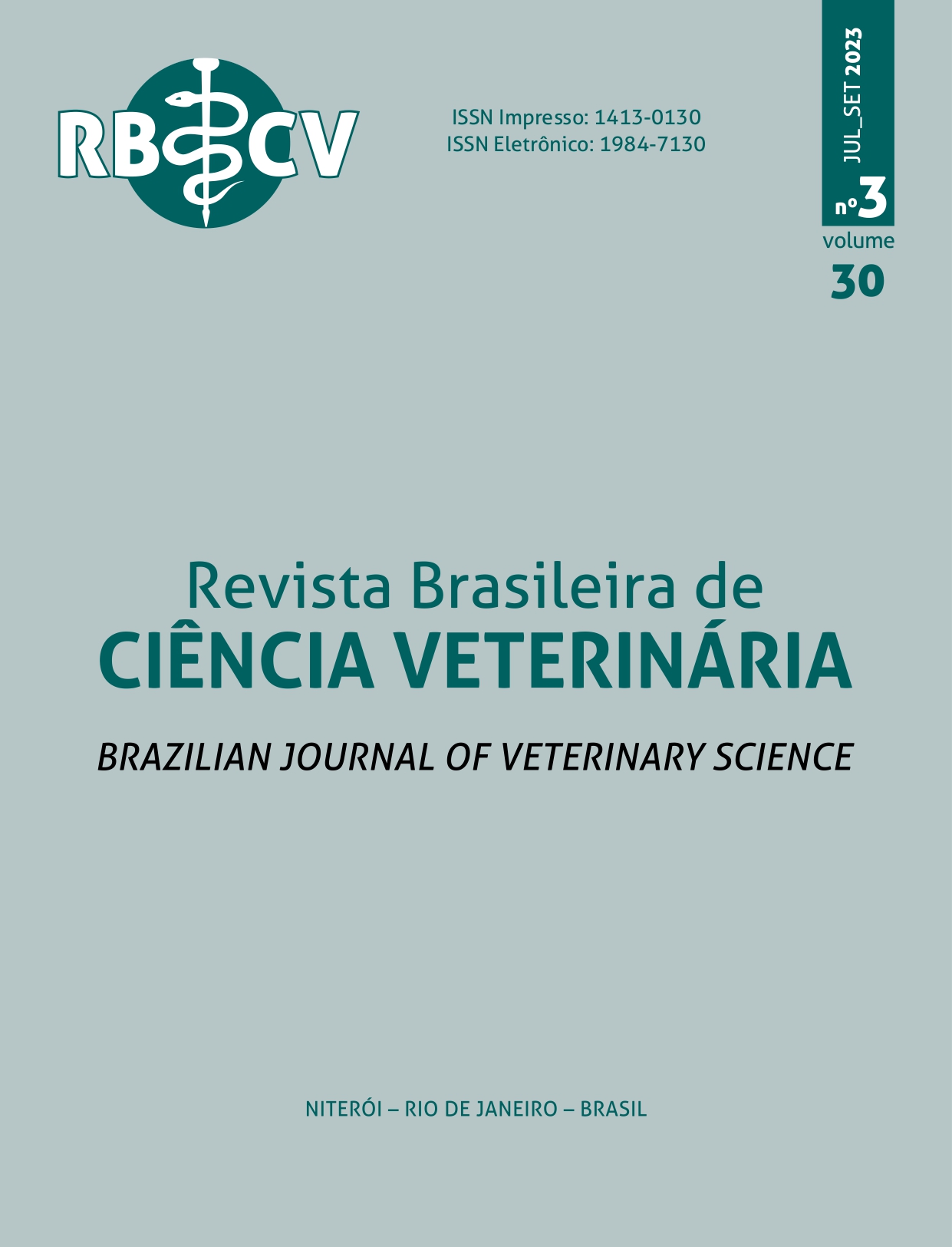The clinical and echocardiographic profile of dogs with chronic degenerative mitral valve disease, treated at a private service of cardiology and respiratory diseases.
Mots-clés :
arrhythmia, echocardiogram, heart, murmur.Résumé
Chronic degenerative mitral valve disease is the most common acquired heart disease and the main cause of congestive heart failure (CHF) in middle-aged to elderly dogs, being more frequent in small and miniature breeds, being rare in breeds of medium to large size. This disease is characterized by nodular deformity of the valve leaflets, as well as thickening and, in some cases, distension of the chordae tendineae. Echocardiographic findings include cardiomegaly, thickening of the atrioventricular valves, valve insufficiency and myocardial dysfunction, which, in turn, become more common with the progression of the disease. According to the consensus of the American College of Veterinary Internal Medicine, endocardiosis can be classified into stages, according to its clinical evolution. The objective of the present study was to determine the clinical, electrocardiographic, radiographic and echocardiographic profile of dogs with chronic degenerative mitral valve disease in a cardiology service between the years 2017 to 2022. The selected animals were those whose diagnoses involved valve alteration with association with echocardiographic evaluation. The data obtained were compiled in Microsoft Excel® spreadsheets and evaluated using descriptive statistics and Pearson's correlation using the BioEstat® software. Through the observations and results obtained, it was possible to relate that the hypothesis of the correlation between the severity of clinical signs and the exacerbation of the structural alteration of the heart valves may be indicators of a worse prognosis for the evolution of chronic degenerative mitral valve disease.


